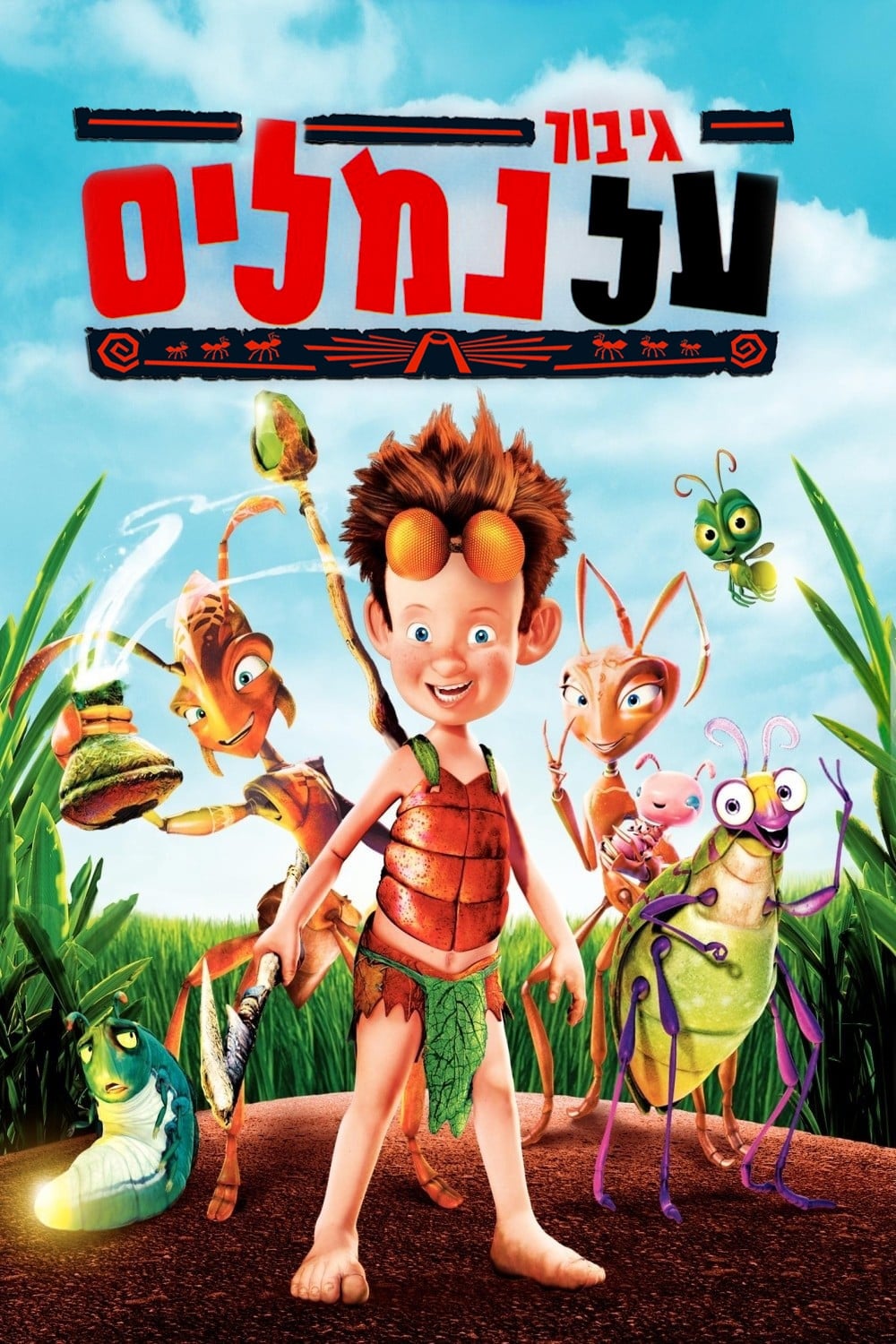


To investigate whether the high mortality of injured individuals is due to infection by pathogens, we collected soil from the natural environment and applied it to the wounds of experimentally injured workers (i.e., a sterile cut in the middle of the femur on the hind leg of an otherwise healthy ant).

When the wounds of injured workers are not treated by nestmates 90% of the injured workers die within 24 hours after injury ( 4), however the mechanisms behind these treatments are unknown. Injured workers are carried back to the nest where other workers treat their wounds ( 4). As many as 22% of the foragers engaging in raids attacking termites have one or two missing legs ( 3). Workers of the predatory ant Megaponera analis have been shown to care for the injuries of nestmates ( 3, 4) which are common because this ant feeds exclusively on pugnacious termite species. While several mammals have been shown to lick wounds and apply saliva ( 1, 2), the efficacy of this behavior remains largely unknown and occurs indiscriminately of the state of the wound. Infected wounds are a major mortality risk for animals ( 1, 2), but the identification and medicinal treatment of infected wounds is thus far considered a uniquely human behavior.


 0 kommentar(er)
0 kommentar(er)
